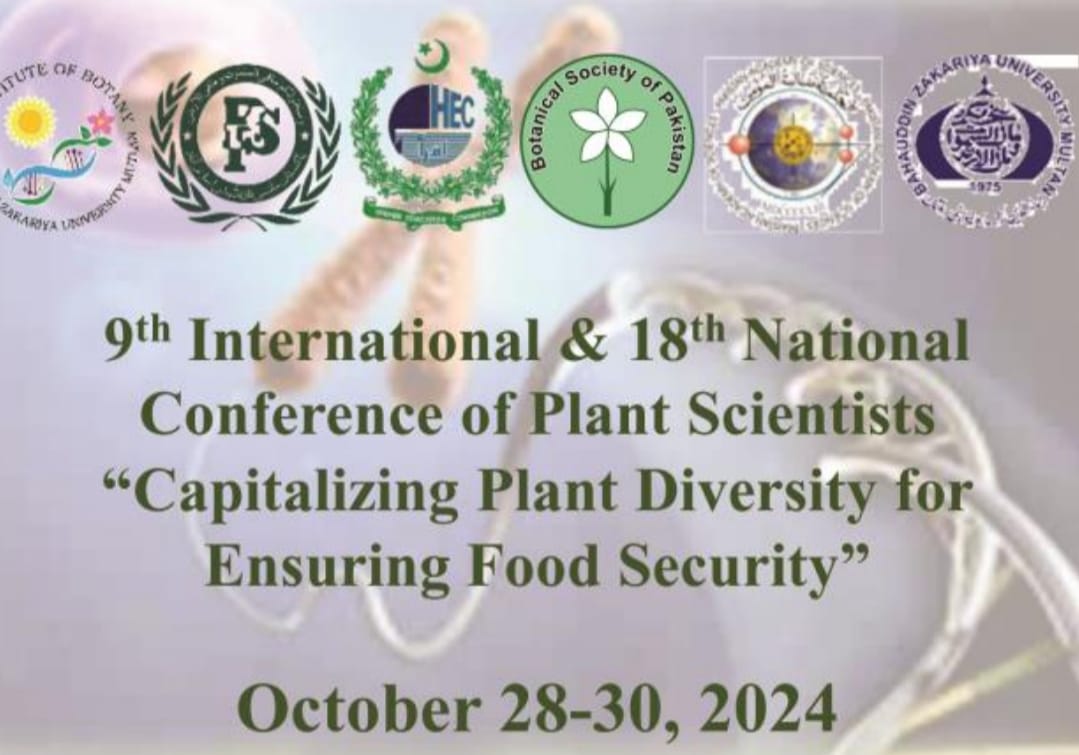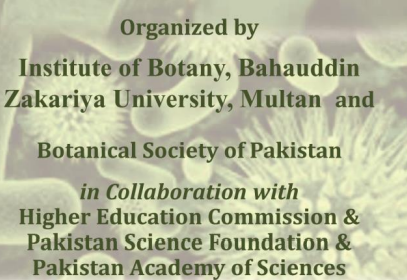PJB-2024-489
Callus Induction and Micropropagation of Linum usitatissimum: paving avenues for metabolic engineering of valuable metabolites
Zahoor Khan
Abstract
Flax is a medicinally and economically important plant that is being used in the textile, cosmetic, oil, pharmaceutical, and food industry for years. A novel and cost-effective micropropagation and callogenesis protocol for L. usitatissimum under in vitro conditions was developed to ensure the rapid production of biomass. Various combinations of both natural and synthetic plant growth hormones were assessed through the in vitro culture of L. usitatissimum. Leaf and shoot tips were taken as explants and were cultured on Murashige and Skoog (MS) medium supplemented with different concentrations of plants growth regulators’ i.e., N6-benzylaminopuine (BAP), Kinetin (Kn), Thidiazuron (TDZ), 2,4-Dichlorophenoxy acetic acid (2,4-D), Tang (Natural Growth Substance), α-naphthaleneacetic acid (NAA), and Indole-3-acetic acid (IAA). Best callogenesis in terms of biomass (213.98mg), growth/gram (4.0), growth rate (13.39) was obtained on MS medium supplemented with TDZ (0.5mg L-1 to 25mg L-1) in combination with NAA (0.5mg L-1 to 1.0mg L-1). Similarly, the highest number, length, and percentage of shooting (13.98, 10.22, 100% respectively), were obtained in MS medium supplemented solely with TDZ (0.5 to 2mg L-1). While, intermediate growth response was observed when plantlets were cultured in MS medium supplemented with "Tang,"(Natural Growth Substance). Plantlets cultured on MS medium supplemented with 0.05mg L-1 to 1.0mg L-1 NAA showed the highest number of root and root length (10.13, 11.73), rooted successfully with 87% survival. We also discovered that Tang, a natural growth substance, could enhance the shoot propagation of L. usitatissimum on MS medium under sterile in vitro conditions. This made our study more economical for future tissue culture applications. The developed micropropagation protocol has provided a fast propagation system that could be used for the conservation of L. usitatissimum as well as for increased mass production as a source of its active ingredients for the treatment of various diseases.
To Cite this article:


